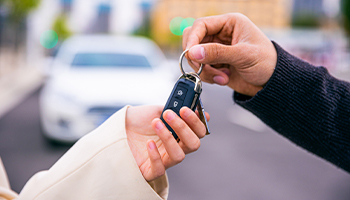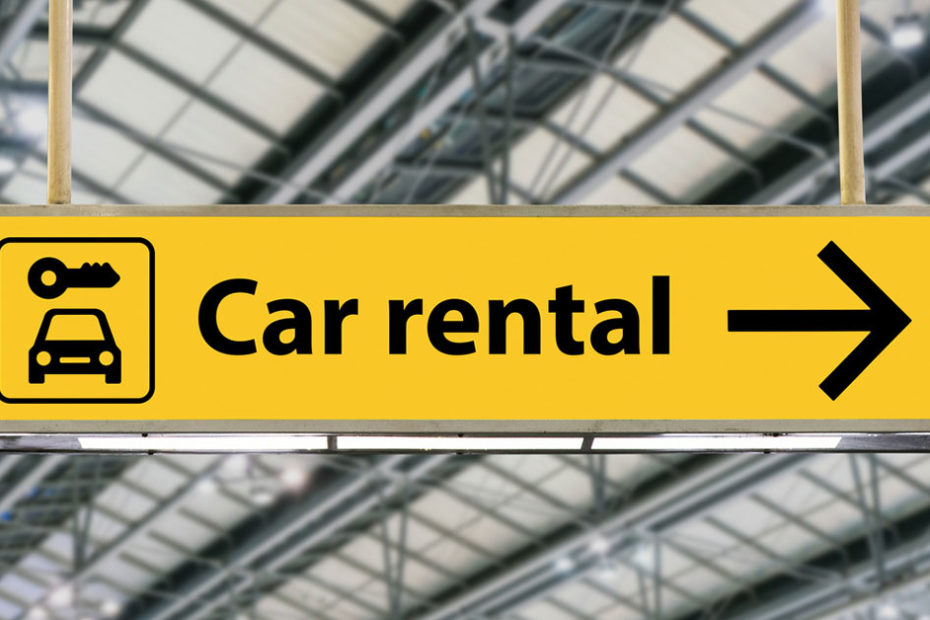You lend your car to a friend, or you borrow one for a weekend trip. A lingering question quickly comes to mind: Does car insurance follow the car or the driver?
It’s a common moment of uncertainty that makes every driver nervous. Understanding this key detail is essential to ensure you and your vehicle are always protected, regardless of who is behind the wheel. This comprehensive guide will help clear up any confusion, explaining how different types of coverage apply, detailing the rules of permissive use, and revealing the simple truth behind this common insurance question.
Does Car Insurance Follow the Car or Driver?

To put it simply, in most cases, car insurance will follow the car, not the driver. That means that if you, the policyholder, give someone permission to drive your car, your personal car insurance policy is considered the primary source of coverage in the event of an accident. If your friend causes a fender-bender, your liability coverage will be the first line of defense against damages and injuries to the other party.
However, depending on your policy, your coverage may not be enough. The actual amount covered will depend on the type of coverage and your policy’s limits.
How Different Types of Coverage Apply to a Car Accident
Understanding that car insurance will follow the car and not the driver is only the first step. To know exactly what your insurance covers, you need to break down the two main categories of your policy: liability and physical damage.
Liability Coverage: Protecting Others (and You)
Liability coverage is the most important part of your policy when someone else is driving your car. It covers damages and injuries that the at-fault driver causes to others in an accident.
| Coverage Type | What is Covered | Who is Protected |
| Bodily Injury Liability | The other driver’s or pedestrian’s medical bills, lost wages, and pain and suffering. | The car owner’s bodily injury liability coverage will pay out, up to policy limits, as long as the driver had permission. |
| Property Damage Liability | Repairs to the other driver’s vehicle and damage to property (fences, poles, etc.) | The car owner’s property damage liability coverage will pay out, up to policy limits, as long as the driver had permission. |
The key takeaway here is your policy’s limits. If your friend borrows your car and causes an accident with damage costs exceeding the limits of your policy, the other party’s insurance company may then go after your friend’s insurance policy to cover the rest.
Physical Damage Coverage: Helping Repair Your Vehicle
If your car sustains damage in the accident, the following coverages will be used. These coverages are also tied directly to your vehicle’s policy:
| Coverage Type | What is Covered | Who is Protected |
| Collision Coverage | Covers repairing or replacing your vehicle after an accident with another car or object (e.g., hitting a tree). | This coverage is tied to the policyholder’s car itself. The policy will pay out after the deductible is met regardless of who was driving. |
| Comprehensive Coverage | Covers repairing or replacing your vehicle after an accident that is not caused by a collision, such as theft or vandalism. | This coverage is tied to the policyholder’s car itself. The policy will pay out after the deductible is met regardless of who was driving. |
Permissive Use: The Foundation of Coverage
Now that we know which parts of your car insurance policy apply, we need to cover when they apply. Your entire policy assumes that only you, those listed on the policy, or people you authorize will drive your vehicle. This is the concept of permissive use, and understanding its rules is critical to avoiding a denied claim.
What is Permissive Use?
Permissive use is when you, the policyholder, give another driver permission to use your vehicle temporarily. Most insurance policies will cover accidents caused by this driver because they are operating the vehicle with your consent. However, you should always double-check your specific insurance policy; some policies may provide reduced or no coverage in these scenarios, depending on your state and insurance carrier.

To qualify as permissive use, drivers:
- Must not already be listed as a named insured on your policy.
- Must not drive your vehicle regularly. (Regular use usually requires being listed as a named driver.)
- Must have your permission (either express or implied) to borrow the vehicle for the trip.
- Must not use the vehicle for business or illegal purposes.
What is Non-Permissive Use?
Non-permissive use occurs when a driver operates your vehicle without your consent. In these cases, the general rule that “insurance follows the car” is negated, and your insurance company will likely deny the claim entirely.
Common examples of non-permissive use include:
- Theft: The car was stolen by an unauthorized person.
- Explicit Prohibition: You explicitly told your friend not to drive your car, but they took it anyway.
- Policy Exclusion: A household member who is specifically named and excluded from your policy by your insurance company. (Insurers typically require listing all licensed drivers in a household, but some states allow you to exclude high-risk drivers, like someone with a DUI, who are strictly forbidden from using your car.)
If an accident occurs under non-permissive use, the liability for damages falls squarely on the driver’s personal insurance policy (if they have one) or directly on the driver themselves.
Frequency Matters: When Permissive Becomes Required
While the rules of permissive use cover temporary, occasional driving, the frequency with which an individual borrows your car is a crucial factor that can determine whether a claim is approved or denied.
Occasional vs. Regular Use

Insurance companies are willing to cover the risk associated with a true occasional borrower—someone who drives your car once or on a highly infrequent basis (perhaps once or twice a year). This usage falls squarely under permissive use. However, if a non-listed driver uses your vehicle regularly, your insurance company will reclassify that person as a regular user who should have been explicitly added to your policy. In such cases, your insurer may deny your claim on the grounds that you misrepresented the risk by not listing them.
For example, imagine your neighbor starts relying on your car to drive to work three times a week for a few months while their vehicle is in the shop. Even though they have permission, the regularity of the use means your insurer could consider this an unlisted risk. In the event of an accident, your policy may be deemed secondary, or the claim could be denied outright.
Don’t Forget the Household Rule
The rule regarding frequency is even stricter when dealing with people who live in your home:
- Listing Requirement: Most policies require you to list all licensed adult drivers in your household. Insurers assume that anyone living with you has constant access to your vehicle and will use it regularly.
- Grounds for Denial: Failing to list a spouse, older child, or roommate can be grounds for a claim denial, as this omission is considered a material misrepresentation of risk.
What Happens When Damages Exceed Your Policy Limits?
In the event of a severe accident, a critical question arises: what if the costs for medical care or property repair exceed the limits of your car insurance policy? Since your policy is considered the primary coverage, it pays out first. If the damages are enough to exhaust your policy, the at-fault driver’s personal car insurance acts as secondary coverage to cover the remaining costs. However, if the damages exceed the limits of both your policy and the driver’s policy, you, as the vehicle owner, and the driver could both be held liable for the remaining balance, putting your personal assets at risk.
Ready to Find a Policy That Protects You?
Understanding the nuanced differences between permissive use, regular use, and policy limits can feel overwhelming. Don’t leave your coverage to chance. At AIS, we’re experts in helping customers find and secure reliable car insurance online. With over 55 years of experience, our specialists are ready to help you build your policy to suit your needs and budget, ensuring you have the right protection whether you’re behind the wheel or lending your keys. To get started, click here, or call us at (888) 772-4247.
The information in this article is obtained from various sources and offered for educational purposes only. Furthermore, it should not replace the advice of a qualified professional. The definitions, terms, and coverage in a given policy may be different than those suggested here. No warranty or appropriateness for a specific purpose is expressed or implied.


